Krys J. Kochut
GELATO and SAGE: An Integrated Framework for MS Annotation
Jan 08, 2016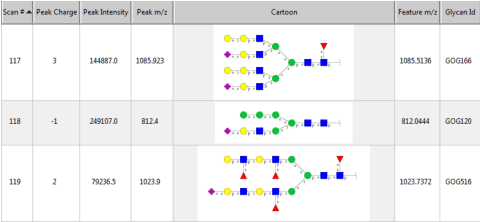
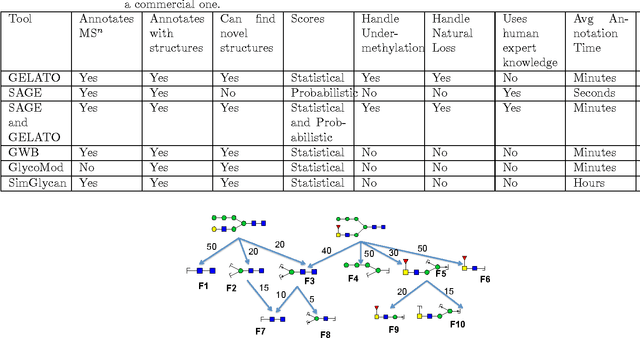
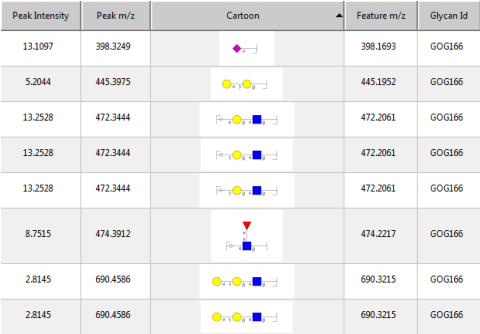
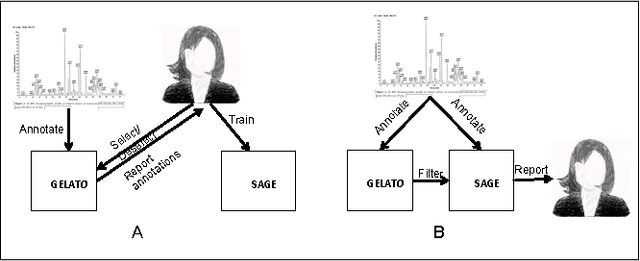
Abstract:Several algorithms and tools have been developed to (semi) automate the process of glycan identification by interpreting Mass Spectrometric data. However, each has limitations when annotating MSn data with thousands of MS spectra using uncurated public databases. Moreover, the existing tools are not designed to manage MSn data where n > 2. We propose a novel software package to automate the annotation of tandem MS data. This software consists of two major components. The first, is a free, semi-automated MSn data interpreter called the Glycomic Elucidation and Annotation Tool (GELATO). This tool extends and automates the functionality of existing open source projects, namely, GlycoWorkbench (GWB) and GlycomeDB. The second is a machine learning model called Smart Anotation Enhancement Graph (SAGE), which learns the behavior of glycoanalysts to select annotations generated by GELATO that emulate human interpretation of the spectra.
Mining Massive Hierarchical Data Using a Scalable Probabilistic Graphical Model
Dec 28, 2015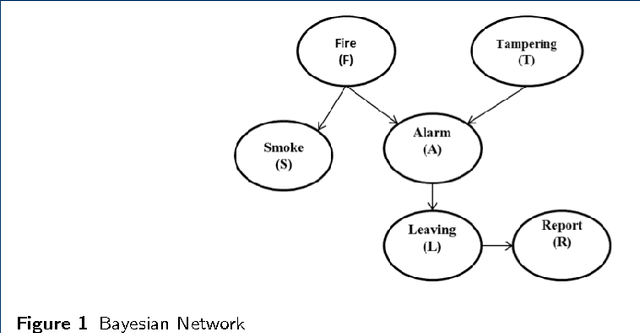

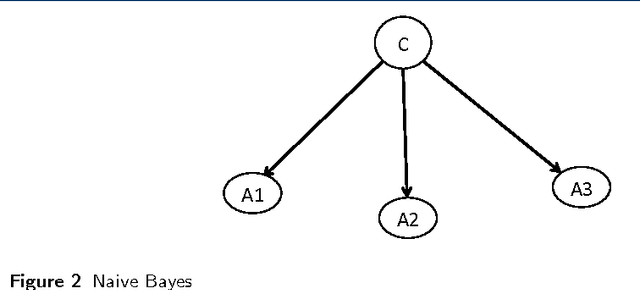
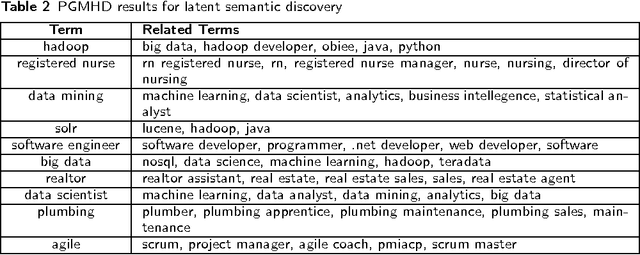
Abstract:Probabilistic Graphical Models (PGM) are very useful in the fields of machine learning and data mining. The crucial limitation of those models,however, is the scalability. The Bayesian Network, which is one of the most common PGMs used in machine learning and data mining, demonstrates this limitation when the training data consists of random variables, each of them has a large set of possible values. In the big data era, one would expect new extensions to the existing PGMs to handle the massive amount of data produced these days by computers, sensors and other electronic devices. With hierarchical data - data that is arranged in a treelike structure with several levels - one would expect to see hundreds of thousands or millions of values distributed over even just a small number of levels. When modeling this kind of hierarchical data across large data sets, Bayesian Networks become infeasible for representing the probability distributions. In this paper we introduce an extension to Bayesian Networks to handle massive sets of hierarchical data in a reasonable amount of time and space. The proposed model achieves perfect precision of 1.0 and high recall of 0.93 when it is used as multi-label classifier for the annotation of mass spectrometry data. On another data set of 1.5 billion search logs provided by CareerBuilder.com the model was able to predict latent semantic relationships between search keywords with accuracy up to 0.80.
 Add to Chrome
Add to Chrome Add to Firefox
Add to Firefox Add to Edge
Add to Edge